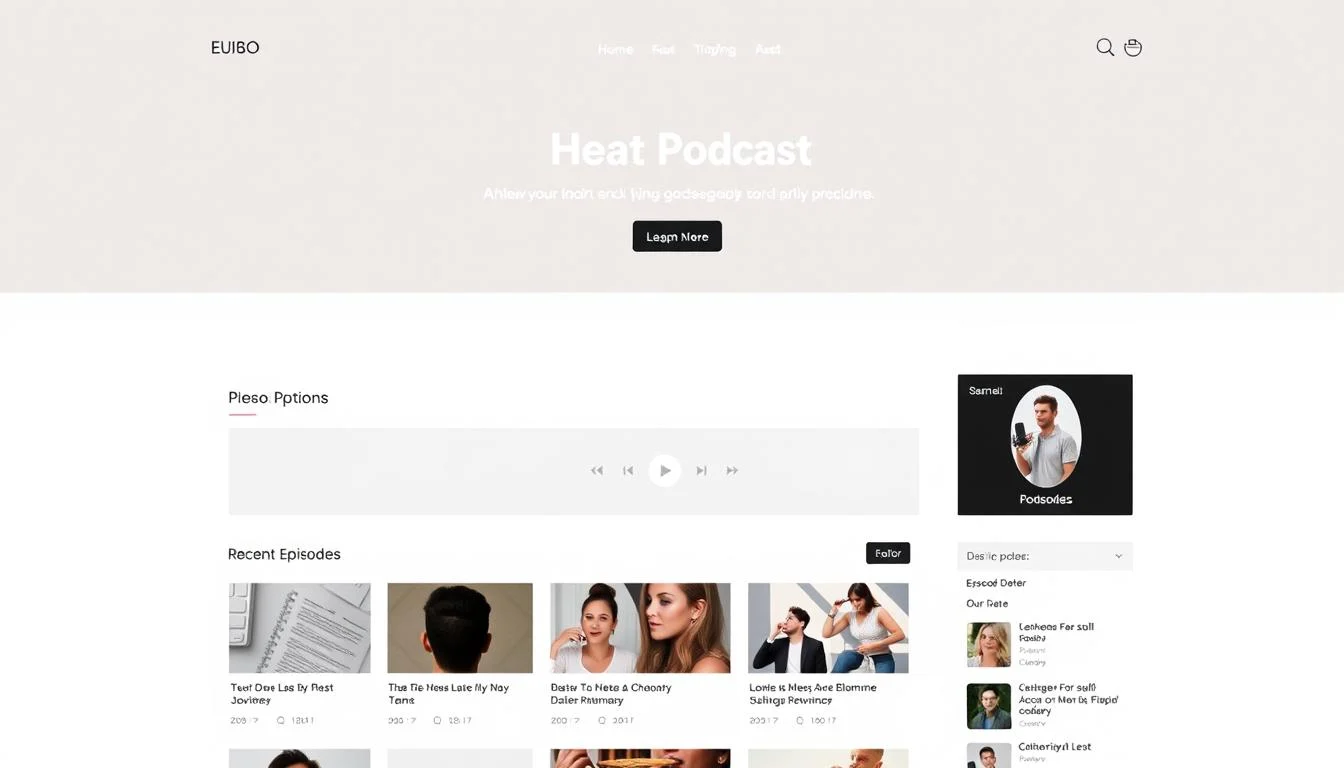To create an effective meta description, I’ll start by brainstorming potential structures that incorporate the main keyword “Podcast Analytics (Listener Behavior)” and are suitable for a How-To Guide. Here are 3-5 options: 1. “Improve your podcast with data-driven insights. Learn how to analyze Podcast Analytics (Listener Behavior) to boost engagement and grow your audience.” (156 characters) This meta description directly includes the main keyword and provides a clear idea of what the article is about. It appeals to search intent by promising to teach the reader how to improve their podcast. 2. “Unlock the secrets to a successful podcast by understanding Podcast Analytics (Listener Behavior). Discover actionable tips to enhance listener experience.” (155 characters) This option also includes the main keyword and emphasizes the benefits of understanding listener behavior. It may entice readers to click by using the phrase “unlock the secrets.” 3. “Take your podcast to the next level by leveraging Podcast Analytics (Listener Behavior). I share my expertise on how to interpret data and optimize your content.” (154 characters) This meta description incorporates the main keyword and uses a friendly, first-person tone. It appeals to search intent by promising to share expertise and help the reader improve their podcast. 4. “Get to know your listeners better with Podcast Analytics (Listener Behavior). Learn how to analyze listener behavior and create engaging content that resonates.” (153 characters) This option includes the main keyword and focuses on the importance of understanding listener behavior. It may appeal to readers who want to create more engaging content. After analyzing these options, I choose the first meta description because it directly includes the main keyword, is within the character limit, and clearly conveys the article’s purpose. Improve your podcast with data-driven insights. Learn how to analyze Podcast Analytics (Listener Behavior) to boost engagement and grow your audience.





